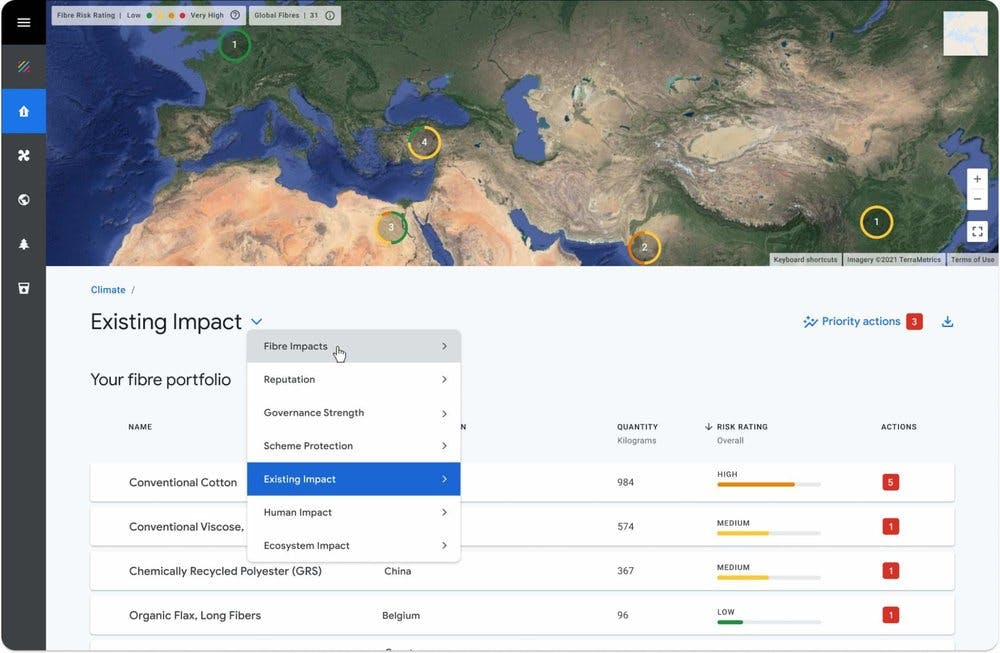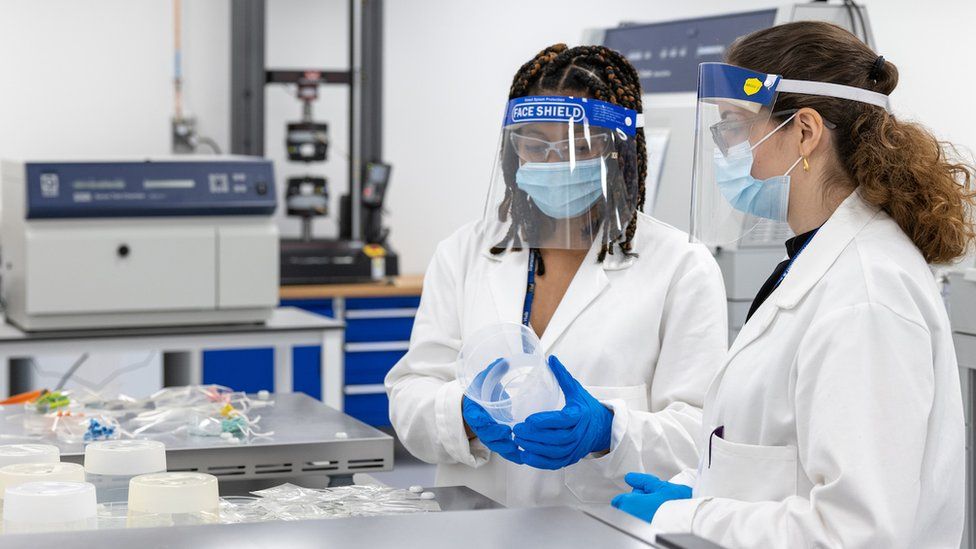
Electric cars are becoming an increasingly popular option for drivers who’re conscious about the impact they’re having on the environment. And while critics of the past might have cited a lack of range in their batteries, things are quite different in 2021.
Cars are now built with distance in mind – without compromising on their overall performance and environmental impact. But just how far can some of the best electric cars travel on a single charge?
To find the answer to that question, check out our comparison tool. We’ve taken data from some of the best electric cars on the market to find out which can take you furthest on just one battery recharge.
For those of you who want to learn a little more about electric cars in general, read on to get a better understanding of just how this exciting new way to travel is slowly becoming the norm for British roads. The future is well and truly here.
Chapter 1.
What you need to know about electric cars
It may be that you’re interested in trying out an electric car yourself, but just haven’t found the courage to take that leap of faith. If that’s you – or even if you’re just interested to find out more about this unique breed of vehicle – here are some of the most important things you should know.
Electric car statistics – How the world is adapting
While electric cars may have once seemed like an unrealistic and impractical way to travel, the technological advancements made throughout the 21st Century have meant that the prevalence of this type of vehicle on the road has soared.
The drivers of the world have seen the merits of electric alternatives, with more people seeming to place a focus on sustainable and environmentally friendly alternatives.
The numbers strongly support that, with exponential growth demonstrated on a consistent basis on electric vehicle sales since 2013. Figures from Virta show that, with the exception of 2019, the global electric market saw a rise of at least 43% in growth every year until 2020.
The full numbers showed:

The drop in growth to just 9% in 2019 may have initially implied a declining interest in electric vehicles. In reality, it was the combination of the industry’s hugely successful 2018 and the first throws of the COVID-19 pandemic in China, which triggered this sudden slide. As we enter 2021 and beyond, the numbers appear to be back on track.
The total number of electric cars on the road sailed to as high as 10 million, which was itself a 41% rise on the figure at the end of the previous year (and up significantly from just 1.2 million at the end of 2015).
Across the globe, powerhouses like China, the US and most of Europe have all begun to adopt this new and more sustainable form of transport. IEA highlighted in their 2021 Global EV Outlook how each of these regions has readily adopted electric, with the numbers showing:

Within Europe, Germany and the United Kingdom are amongst the leading names in terms of the pure number of vehicles being registered. The Germans saw an increase of 395,000, while UK numbers increased by 176,000.
But it is in Scandinavia where the concept of electric transport has been most readily adopted. The three leading countries for the percentage of new car sales being electric across the globe were:

Perhaps most encouragingly of all for the market is the news that both plug-in and pure electric battery options have seen significant and continued growth. Numbers of registrations for both across the past five years show:

Right now, everything is pointing towards an electric takeover at some point in the next decade..
The future of electric cars and the road
With the 2030 ban on selling petrol and diesel cars set to come into effect in the not-too-distant future, electric cars currently stand as the most viable alternative. But just how is this shift to a more sustainable form of transport going to translate on British roads?
Some of the most impactful changes we could see include:
Widescale electric vehicle (EV) adoption
One of the most common features of a largely electric future will be a steady and continued rise in the number of battery and plug-in powered cars we see on roads. In truth, as our figures have shown, this is something that is happening as we speak.
Charging points
The need to regularly stop and charge a car might seem like a hassle, but, with a higher percentage of EVs on the road, accommodations will be made to ensure there is an ample supply of charging points. Once again, this is something which has seen a rapid rise in recent years. Between just 2016 and June of 2021, numbers have increased from roughly 6,000 to just under 25,000 in the UK.
Synergy with other technology
This continued popularity and growth is sure to open up new avenues of opportunity for tech industries. Driverless cars are perhaps the most intriguing prospect – with this technology relying heavily on the need for electrical automation.
Smart motorways
While this is still something of a pipe dream right now, provisions have been put in place to start thinking about a self-charging smart motorway. This would eliminate the need to constantly stop and recharge a car, with vehicles being constantly topped up as they travel.
Sustainability rates of electric cars
Even the most staunch supporter of traditional internal combustion engines (ICE) can’t deny the environmental advantages an electric car offers. In fact, the numbers show that just one electric car can save as much as 1.5 metric tonnes of CO2 across a year when compared to a combustion engine. To put that in perspective, that’s as many as four return flights from London to Barcelona.
But what other environmental benefits does driving an electric car offer?
Recycled products
Some (although not all) electric cars have parts and fittings which are made from exclusively recycled materials. This is more commonly the case with their internal features (like seats, trims and dashboards).
Health benefits
With fewer exhaust emissions to the surrounding air that you breath and contribute to climate change, you and those around you are bound to naturally benefit from a cleaner, healthier environment.
Efficiency
An electric car can use as much as 90% of energy generated to become motion energy. By comparison, a combustion engine will average roughly 20-30%. This efficiency means less goes to waste.
Heightened vehicle safety
While it’s often overlooked, the nature of an electric car’s construction means it is inherently safer. They benefit from a number of design features which makes the car less of a risk. Those include:
- A lower centre of gravity (reducing the chances of rolling over)
- A much lower risk of fires and explosions
- A tougher body structure, to make them more durable in a collision
Chapter 2.
How far can you go on a single charge?
It used to be that electric vehicles were criticised because of their battery life. In the 2020s, things are very different – with some cars even able to go as far on one charge as an average-sized fuel tank.
But just how far can they go? Use our interactive tool to work out how far each of the electric cars we’ve focused on can travel after just one full charge.
The future of electric cars and the road
As you can see, you’ll get quite far on just the one charge these days. But there are ways to ensure you really get the maximum out of your car. Try these handy tips:

Make sure to keep all of these in mind if you want to go as far as possible on just one charge.
Chapter 3.
Planning for a long distance journey
Now that you better appreciate the range of your electric car, it’s time to put that battery to use. Heading away on a road trip is always rewarding – and an increasingly popular option in the age of COVID-19. Let’s explore everything you need to keep in mind when hitting the open road.
Charging your electric car
While this is a lot easier to manage than in the past, some consideration still needs to be made when planning out the battery management of your car. Follow this handy advice to ensure you aren’t caught out when you travel:

Packing essential items
No matter where you’re going, there are a handful of essential items which make any road trip much easier. Whether it’s to keep you on course, or just to provide some home comforts, these are amongst the most important to keep in mind for your trip:

Staying awake and alert
Safety on the road is paramount, whether you’re driving for five minutes or five hours. The key to lowering your chances of causing an accident is to make sure you’re as alert as possible every time you get behind the wheel. Here are some of the most important and effective ways of doing just that:
A good night’s sleep
Nothing beats getting a full night of rest when it comes to feeling awake and alert. Having the chance to refresh and recharge is why we sleep in the first place – so make sure to always get enough by going to bed at a reasonable time the night before a long journey.
Shifts
If you’re lucky enough to be on the journey with another driver, make sure to take it in turns behind the wheel. This will give you both the much-needed time to relax and not have to worry about concentrating on the task at hand.
Take breaks
Whether you’re sharing shifts or not, it’s also wise to take regular breaks. The Highway Code recommends stopping for at least 15 minutes every two hours as a guideline. Your body will know when it’s time to take a little break.
Top tips for a long trip with a young family
Keeping little ones entertained can be a challenge at the best of times, let alone on long car trips. Thankfully, you’re not the first to experience this hurdle. Here are some of the most tried-and-tested methods to keep the kids satisfied while you drive:

Source Auto Trader






















